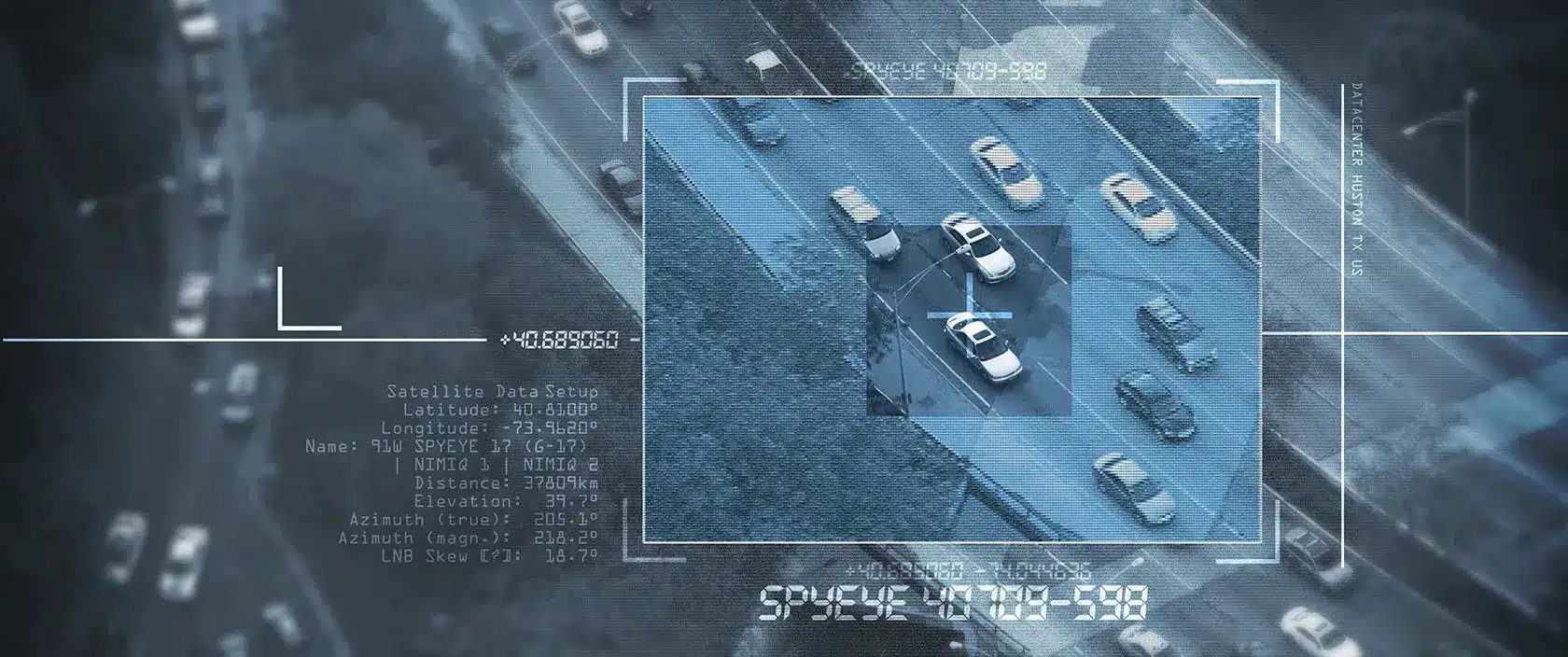Investing in construction technology for safety is no longer optional. If construction companies want to avoid falling behind, they must explore and invest in construction technologies to reduce risks, help prevent accidents, and cultivate a safety culture.
The industry isn’t known for innovation and technology adoption. Building Design + Construction references a survey of construction personnel from JBKnowledge ConTech. The survey has uncovered that information technology (IT) staff has grown by more than 36% between 2021 and 2022.
It turns out many construction staff members use their devices every day. The main reason they use technology on their mobile devices in the field is for the daily reports. The daily reports contain useful resources and tools, such as photos and videos, time management, and safety management.
Anyone entering the construction field today is most likely tech-savvy. This is an ideal time to invest in construction technology. It goes a long way toward becoming proactive with construction safety and security. Other ways to be proactive include conducting safety and security audits, complying with regulatory requirements, and incorporating an employee training program.
Besides, the rising costs of construction insurance and lawsuits demand it. Not only are construction companies dealing with safety risks but also legal ones. In today’s litigious society, they must do what they can to avoid becoming the subject of a lawsuit.
Occupational Safety and Health Administration (OSHA) and other regulatory safety authorities have issued new regulations to address mental health, working conditions, and safety inspections.
The Effect of the Labor Shortage on Construction Safety
Moreover, construction continues to battle the growing labor gap. A McKinsey analysis expects hiring for critical skilled roles to increase more than 20 times the projected annual increase between 2022 and 2032. Crucial roles include carpenters, electricians, industrial machinery workers and operators, plumbers, welders, and more. Many of these impact construction projects.
Not surprisingly, McKinsey indicates part of the problem is the aging workforce is not being replaced by younger generations. Generation Z believes there’s a stigma with getting a vocational education instead of a traditional four-year university. Part of the challenge is that almost 80% of their parents pushed them to go to college after high school. Only 5 percent of parents encouraged vocational school.
Generation Z and the millennials say one of the top factors that compel them to stay in a job is workplace flexibility. This isn’t something conducive to the construction industry. Therefore, the industry must explore innovative solutions and technologies to attract them.
However, McKinsey shows the problem of filling positions is so bad that inexperienced workers are creating a serious safety concern. The inability to hire laborers is delaying projects, affecting quality control, and increasing project costs.
McKinsey reports companies can overcome these challenges and boost productivity by transforming their talent and operating model, investing in technology and capital, and adjusting to economic challenges like inflation.
Construction Technologies That Can Help Mitigate Safety and Security Risks
Here are construction technologies worth exploring to help reduce injuries and accidents, improve safety, and enhance productivity.
Artificial intelligence (AI)
AI can analyze vast amounts of data from sensors, cameras, and other sources to predict project risks, optimize schedules, and automate routine tasks. AI-driven tools help project managers allocate resources more effectively and make decisions based on data. Read on to learn about some of the technologies that use artificial intelligence.
Business Information Modeling (BIM)
BIM allows architects, engineers, and construction teams to create a digital representation of buildings and infrastructures by integrating 3D modeling, data, and collaboration tools. It provides real-time visualization of the entire project starting with design and construction through maintenance.
In other words, BIM creates a digital version of the building. It includes all the systems, such as HVAC and plumbing. Because of this, the team can identify issues early in the project before breaking ground and avoid pricey mistakes. It can find construction safety and logistics concerns, thereby ensuring the construction process is safer.
Furthermore, BIM improves communication among stakeholders. Many are adopting it because of its higher accuracy and efficiency in construction projects.
Robotics and cobots
Robots can take on repetitive and dangerous construction-related tasks. By reducing exposure to hazards and injuries associated with tasks that are repetitive and involve heavy lifting, these technologies boost productivity and increase job site safety.
For example, the University of British Columbia (UBC) has designed smart construction robots. These perform basic tasks, such as lifting and moving objects around a construction site. The robots can autonomously transport materials and monitor sites for safety issues.
Cobots are collaborative Robots that partner with human workers. Companies use them to automate repetitive activities, which can help prevent repetitive stress injuries (RSI). There’s an automated mason that can lay more than 3,000 bricks per day. The workers clean up, restock the bricks, and add mortar to the cobot.
Predictive analytics
Predictive analytics can quickly scan large datasets and apply advanced algorithms to identify trends and risk factors related to injuries, near misses, and accidents. Construction companies can use the information to implement proactive safety measures and interventions.
The ability to dissect historical data allows predictive analytics to estimate potential maintenance needs. This reduces downtime and increases operational efficiency.
Wearables
Devices such as smart vests, wristbands, and helmets contain sensors that can monitor vital signs. Some wearables can detect unsafe substances and send real-time alerts when they detect a potentially dangerous situation. For instance, the large equipment can have a sensor that communicates with workers’ vests to determine if they get too close to each other.
Wearables can be used for monitoring the environment including noise levels, air quality, temperature, humidity, and other factors affecting worker health and safety. The information can help supervisors know if there are unsafe conditions and take action.
Exoskeletons take wearables to another level. Workers would wear or use these robotic devices to help them with physically demanding tasks for lift support, weight dispersion, and posture adjustment. As a result, exoskeletons lower the risk of musculoskeletal injuries.
Digital twins and remote controls
A digital twin is a simulation of the jobsite. Cranes, forklifts, and other equipment contain artificial intelligence. Someone can remotely control the equipment from elsewhere. This technology can create jobs that attract workers who like to work with technology. Here’s an example of how UBC uses this technology.
“Our smart construction robots are able to recognize objects, performing detailed scans of structural components for quality assurance. They can precisely place objects on site and check against a computer model to ensure they’re building according to plan. They can make autonomous decisions such as navigating around obstacles or instantly stopping work to protect a worker who is in danger,” says Dr. Tony Yang of the Smart Structures Lab at UBC.
Video surveillance with remote monitoring
Security cameras that incorporate remote monitoring can watch over the full construction site and its surroundings while saving everything as recordings. Similar to the cobot concept, the monitoring is done by trained monitoring operators and advanced technology.
Technology can quickly scrutinize the entire jobsite for many scenarios. Anytime it detects an anomaly, it can notify the human operator. The technology does the tedious part of monitoring while the human makes the decisions on how to respond to a situation.
Supervisors can access these camera views from anywhere to observe what’s happening on the jobsite and provide real-time feedback. Using video surveillance for this helps enhance communication, speed decision-making, and ensure adherence to safety protocols.
3D printing
Construction companies can use 3D printing technology to quickly fabricate complex architectural elements and buildings. This cuts waste and shortens construction timelines.
Virtual reality and augmented reality
VR and AR technologies allow construction companies to visualize and interact with projects. With VR, workers put on a headset to immerse themselves in a virtual environment for training, safety simulations, and client presentations. AR overlays digital information into the real world. This helps with design reviews and on-site construction guidance.
How to Select Construction Technology
Shopping for technology can feel daunting. Where do companies start looking for the right construction technology to increase productivity, safety, and security? During the search, consider these key factors.
Project requirements: Assess the needs and requirements of the construction project. This can identify the high-level technologies needed. The list of technologies in this article can help you narrow the list.
Compatibility: Check to confirm whether the technology is compatible with existing business systems and processes. Integrating new technology should not create new problems or interfere with active projects.
Scalability: If applicable, ask whether the technology can be scaled up or down in the future. This is important if the technology will be used on multiple projects or varies in size.
User-friendly: When no one can use the technology, then there’s no point in adopting it. Construction technology is not always plug-and-play. This means you install it and away you go. There will be a learning curve, so training will be needed to minimize resistance to change and maximize the technology’s use.
Data security: Security is always a consideration where technology is concerned as construction projects may have sensitive data, such as plans, budgets, and client information. Even if the tech does not interact with this information, you want to verify there aren’t data loopholes. A lot of technologies store information in the cloud, for instance. Ask questions about the company or product’s data security measures.
Standards and regulations: Inquire about the technology’s compliance with construction industry standards and regulations.
Return on investment (ROI): How much will the technology cost? How long will it take to recapture the investment through efficiency gains and cost savings? Of course, construction technology must support budget and financial goals.
These tips can help you find the right construction technology. If you want more on security, refer to the construction security and safety best practices guide. Do you have questions? Contact us.
Texas Private Security License Number: B14187
California Alarm Operator License Number: ACO7876
Florida Alarm System Contractor I License Number: EF20001598
Tennessee Alarm Contracting Company License Number: 2294
Virginia Private Security Services Business License Number: 11-19499
Alabama Electronic Security License # 002116
Canada TSBC License: LEL0200704



